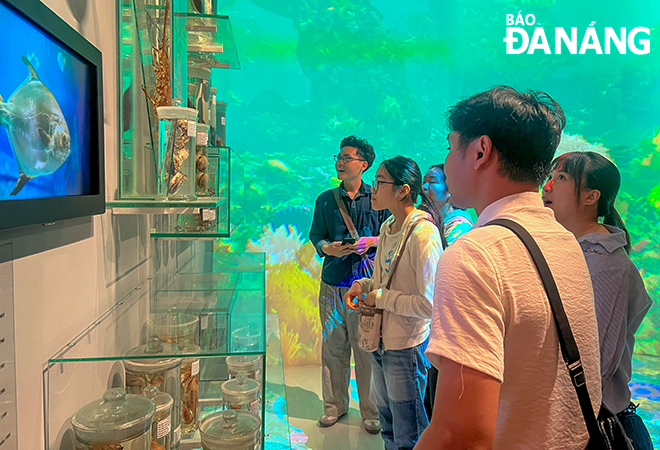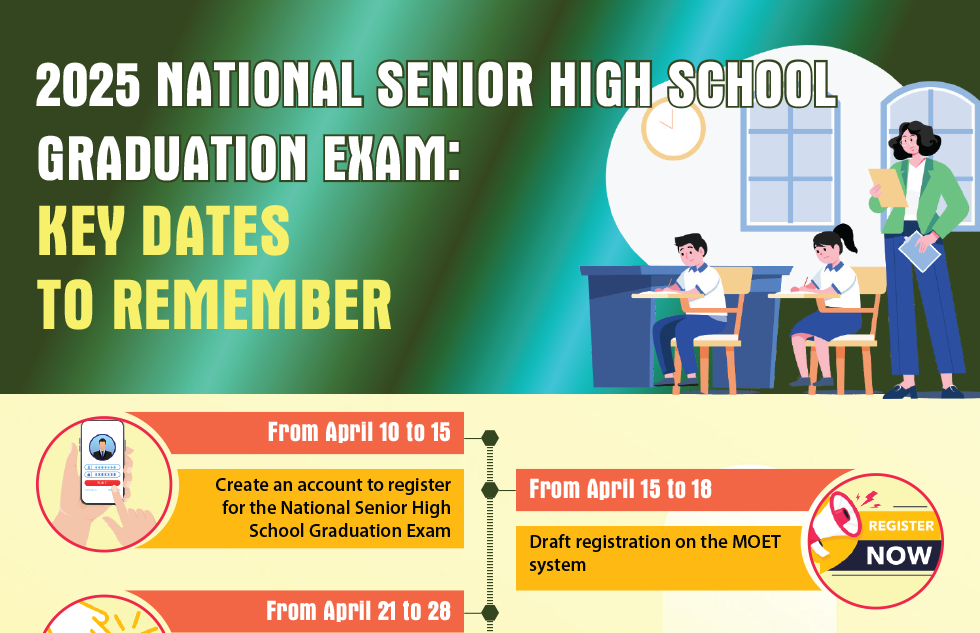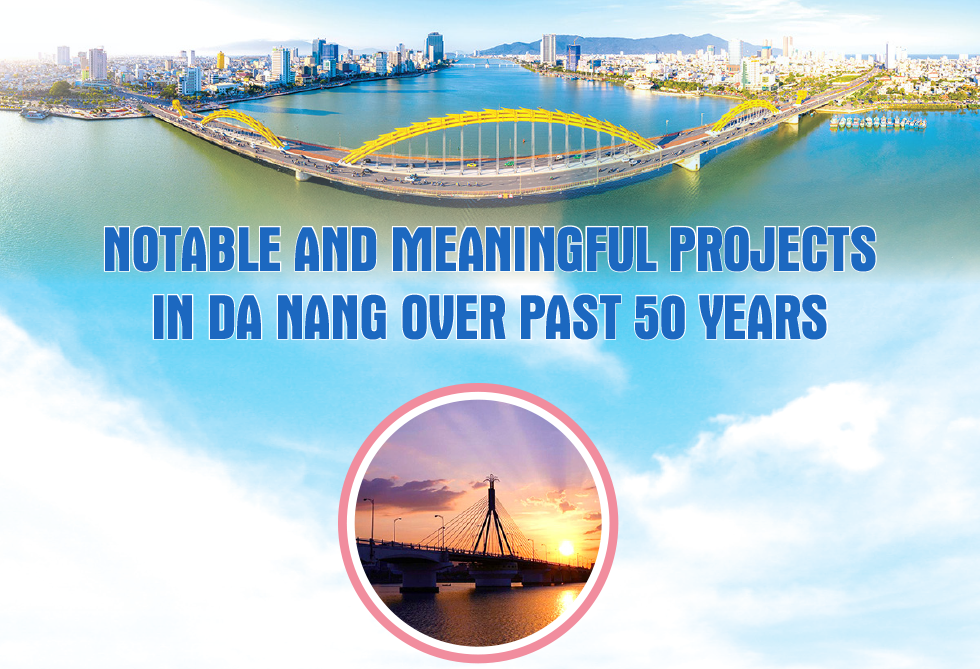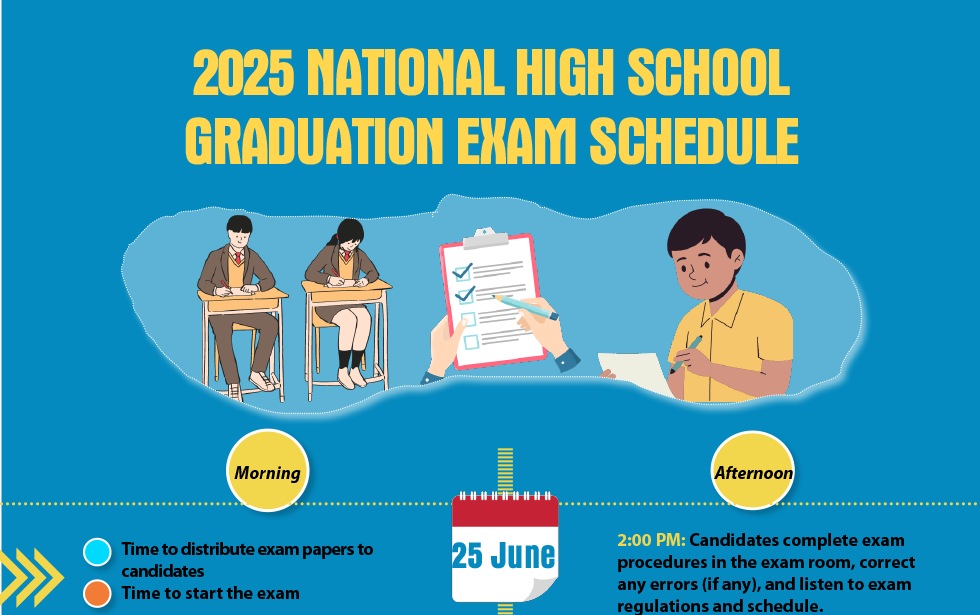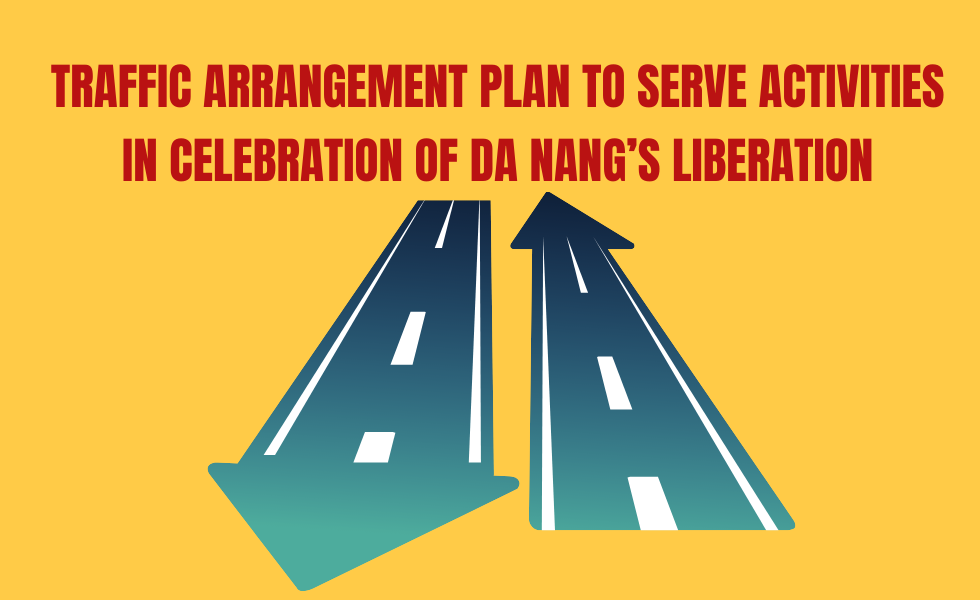Make the history lesson engaging
To inspire students to love history, many teachers have adopted creative approaches, such as incorporating films, music, historical reenactments, or designing lessons with visually immersive simulations. These methods make learning more engaging, allowing students to absorb knowledge more effectively and with enthusiasm.
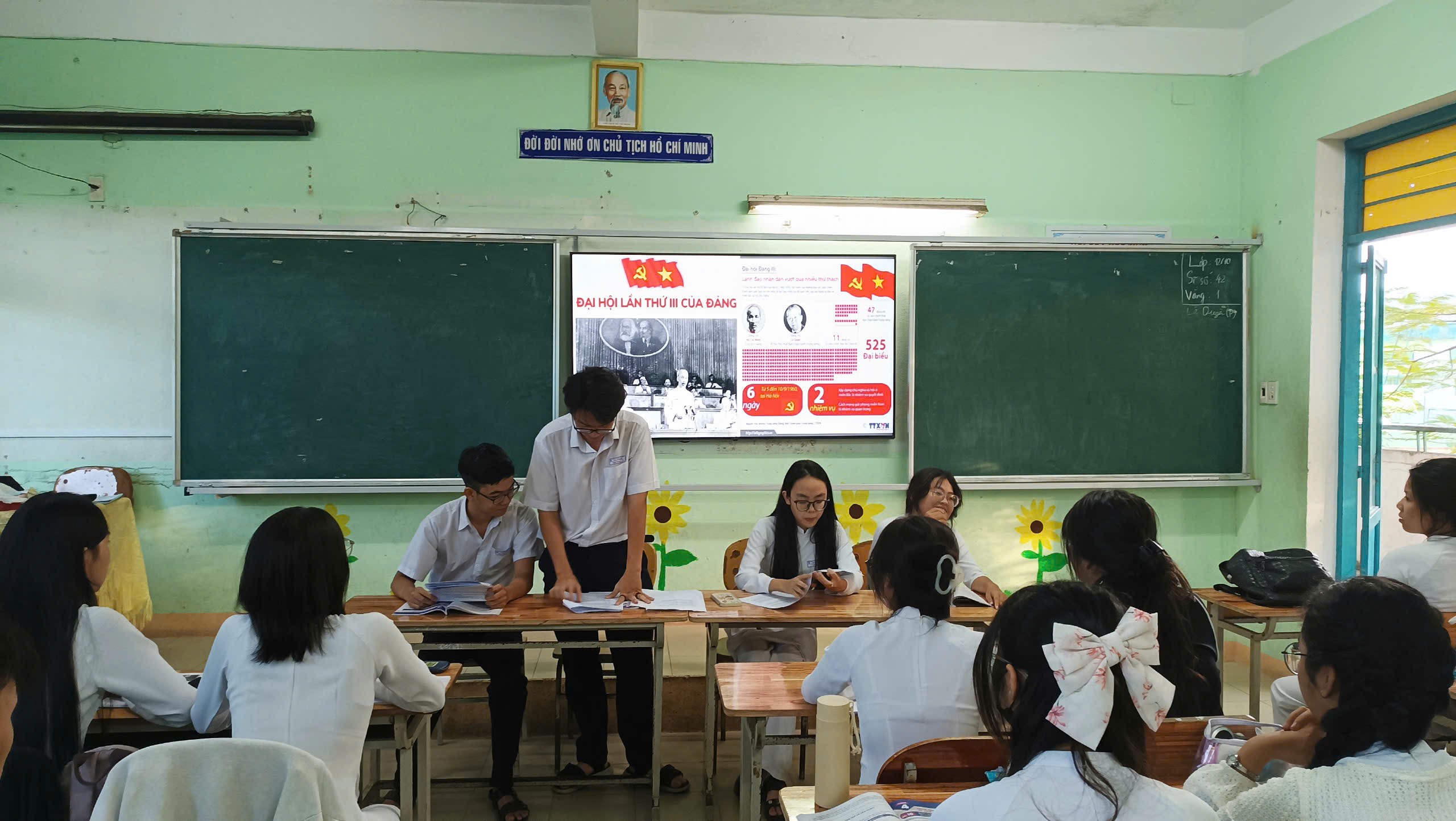 |
| Students write scripts and take on roles in a history lesson at Thanh Khe High School. Photo: Provided by the school. |
* Teacher Bui Thi Hue, History Department, Le Quy Don Specialized High School: Awakening emotion and national pride
We deeply understand the fundamental truth that teaching history must inspire national pride and love for our homeland. To truly reach students' hearts, teachers must actively seek ways to make history lessons engaging and effective. While continuing to build on traditional teaching methods, lesson planning should incorporate compelling historical narratives, impactful film excerpts, and literary works relevant to the subject matter. These elements help evoke emotions and create a meaningful connection between students and history.
One effective approach I have adopted is regularly watching historical documentaries on television, then recording or downloading key excerpts that best align with my lesson content. In practice, storytelling and compelling documentary clips deeply move students, fostering a profound sense of national pride, patriotism, and civic responsibility.
* Teacher Pham Giang Ho, History Department, Thanh Khe High School: Students need to see the connection between history and real life
Teaching history in schools today still faces many challenges, particularly in sparking students' interest and effectively instilling patriotism and national pride. However, I believe this is not an unsolvable problem. The key lies in innovating teaching methods, reforming assessment approaches, shifting students’ mindset, and creating career opportunities with stable incomes for those who pursue history.
The History subject in the 2018 General Education Curriculum has been designed thematically, reducing the emphasis on rote memorization of events. However, the volume of knowledge remains substantial, making many students apprehensive about learning it. The crucial issue is that students have yet to see the connection between history and real life. Many perceive history as merely a subject requiring memorization, failing to recognize its relevance to contemporary society, which leads to a lack of interest in studying it. Moreover, while modern education aims to develop learners' competencies and qualities, assessments still focus heavily on recalling events and academic knowledge.
To enhance students' interest in learning, we incorporate applications like Quizizz and Kahoot to reinforce knowledge and assign exercises. By utilizing virtual reality tools such as Google Earth and VR360, students can remain in the classroom while experiencing historical sites and museums as if they were physically present, making their learning journey more engaging and immersive. Additionally, we employ storytelling methods, role-playing as historical figures, acting as reporters or tour guides, and project-based learning to encourage active participation and deeper understanding.
In history lessons, teachers organize documentary screenings, discussions, and debates on historical issues to stimulate students' critical thinking. Assessment methods are also innovated, shifting away from heavy memorization of facts and events. Instead, students are evaluated through project-based learning, such as role-playing and debates, allowing them to demonstrate their understanding based on their analytical skills and acquired knowledge.
* Teacher Nguyen Thi Huong, History – Economics and Law Department, Thai Phien High School: Encouraging students to express their own views on patriotism
History is a subject that helps younger generations understand the past, appreciate present values, and cultivate future leaders. The decision by the Ministry of Education and Training to make History a compulsory subject highlights its significance today. This also places a greater responsibility on history teachers to live up to this role. However, a persistent challenge is the perception that history is dry, filled with too many figures and events, making it difficult for students to engage deeply with the subject.
Therefore, to make history lessons more engaging and effective, teachers must take the initiative in innovating teaching methods. Instead of dry and monotonous lectures, we bring history to life through storytelling, interactive games, and historical reenactments. Teachers and students also integrate AI technology to produce historical films, visit museums, and participate in group activities using gallery walk techniques. Assessments are conducted through project-based assignments such as filmmaking and drawing historical pictures, replacing traditional paper-based tests in periodic evaluations.
For example, when implementing a project-based learning activity on filmmaking about President Ho Chi Minh during the 1911–1920 period, students enthusiastically proposed the idea of portraying historical figures, particularly Nguyen Tat Thanh. They eagerly planned, wrote scripts, assigned roles, rented costumes, filmed using smartphone cameras, and managed lighting and sound effects.
Through this, students were encouraged to express their personal perspectives on patriotism and gratitude toward the heroic martyrs who sacrificed their lives. This was truly a hands-on historical learning experience, where I aimed to instill in them a sense of personal responsibility toward the ideals of the Party and the ongoing mission of national defense in today’s dynamic world.
Another crucial aspect to consider is creating social motivation. The popularity of subjects like Math, Literature, and English among students is not coincidental—it stems from societal demand.
Reporting by NHAN HOA ANH – Translating by HONG VAN



